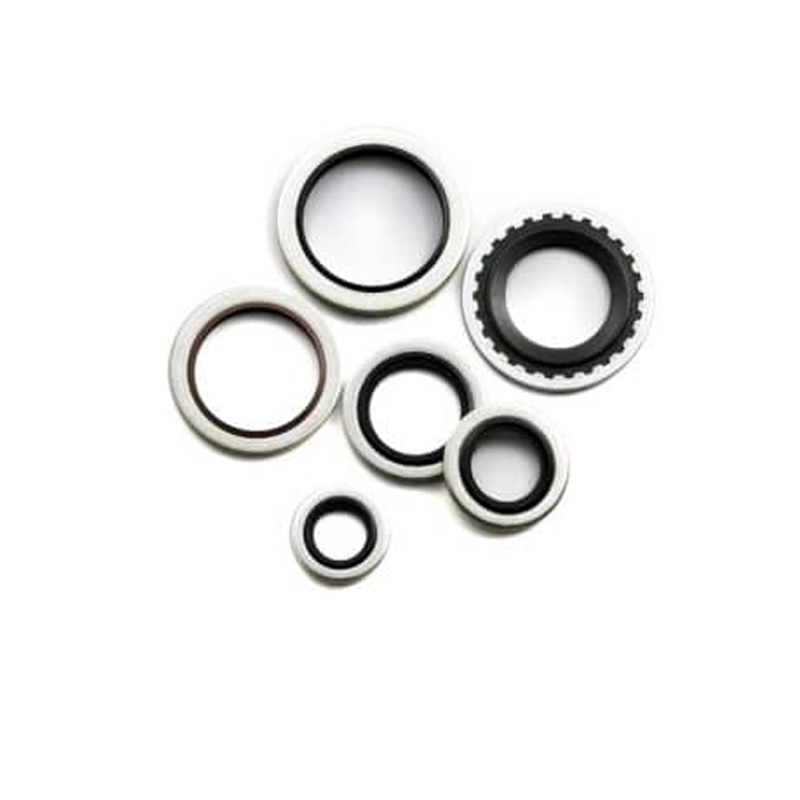Rear Engine Oil Seal Maintenance and Replacement Guide for Optimal Performance
Understanding Rear Engine Oil Seals Importance, Function, and Maintenance
The rear engine oil seal is a critical component in both gasoline and diesel engines, playing a vital role in the overall health and functionality of an automobile. This small but significant part sits at the rear end of the engine, providing a seal between the engine block and the transmission, helping to prevent oil from leaking out of the engine.
Importance of Rear Engine Oil Seals
The primary purpose of the rear engine oil seal is to ensure that the engine oil remains contained within the engine housing. Engine oil lubricates vital engine components, reducing friction and heat generation during operation. Without a properly functioning rear oil seal, oil leaks can occur, leading to insufficient lubrication and potential engine damage.
Moreover, the rear engine oil seal is essential for maintaining the proper pressure within the engine. Oil pressure mobility is critical in ensuring the efficient operation of engine components such as the oil pump, bearings, and piston rings. When the rear seal fails and oil begins to leak, it can lead to a drop in oil pressure, resulting in severe engine performance issues.
Function and Design
The rear engine oil seal is typically made of durable materials such as rubber or a synthetic compound, designed to withstand high temperatures and pressures. Its design usually consists of a lip that makes contact with the crankshaft. This lip forms a seal that prevents oil from seeping out while allowing the crankshaft to rotate freely.
The effectiveness of the oil seal is influenced by several factors, including the quality of the materials used, the installation process, and the operating conditions of the vehicle. Regular maintenance and inspections are necessary to ensure the oil seal maintains its integrity over time.
Symptoms of a Failing Rear Engine Oil Seal
Over time, rear engine oil seals can wear out, leading to leaks and other operational issues. It is essential for vehicle owners to recognize the signs of a failing rear oil seal, which may include
rear engine oil seal

1. Oil Spots or Puddles One of the most obvious symptoms of a worn or damaged rear oil seal is the appearance of oil spots or puddles under the vehicle. If you notice oil collecting beneath the rear of your engine, it may indicate a seal failure.
2. Oil Consumption If your vehicle is consuming more oil than usual, it could signify that oil is leaking past the rear seal and escaping from the engine.
3. Unusual Engine Noise A drop in oil levels due to a leaking rear seal can lead to increased friction between engine components. This can result in unusual noises, such as knocking or ticking, which should never be ignored.
4. Warning Lights Some vehicles are equipped with oil pressure warning lights. If this light activates, it may indicate a problem with the oil seal or a broader oil pressure issue.
Maintenance and Replacement
Preventative maintenance plays a crucial role in extending the life of the rear engine oil seal. Regular oil changes, using the recommended oil for your vehicle, and maintaining proper oil levels can significantly reduce wear on the seal.
In the event of a seal failure, replacing the rear engine oil seal is essential to restore engine performance and prevent further damage. The replacement process typically involves removing the transmission and carefully replacing the old seal with a new one. It’s advisable for this procedure to be carried out by a professional mechanic, as improper installation can lead to recurring issues.
Conclusion
The rear engine oil seal may be a small component, but its impact on an engine's functionality is immense. Ensuring its health through regular maintenance and being attuned to the signs of wear are essential practices for any vehicle owner. By understanding the importance of the rear oil seal, you can ensure that your engine remains well-lubricated and running smoothly, ultimately prolonging the life of your vehicle. Regular check-ups and timely replacements when necessary can prevent minor issues from developing into major engine troubles, securing your investment in the long run.
-
Understanding the Front Main Engine Seal: Purpose, Maintenance, and Installation
News Jul.29,2025
-
Understanding O-Rings and Seal Rings: Types, Applications, and Custom Solutions
News Jul.29,2025
-
Understanding Crankshaft Oil Seals: Rear Seals, Pulley Seals, and Their Role in Engine Integrity
News Jul.29,2025
-
The Importance of Front and Rear Crankshaft Seals in Engine Performance and Oil Management
News Jul.29,2025
-
Crank Oil Seals: Functions, Types, and Cost Considerations in Engine Maintenance
News Jul.29,2025
-
A Comprehensive Guide to O-Rings and Seals: Types, Materials, and Global Applications
News Jul.29,2025
-
Mastering Diesel and Performance Engine Maintenance: A Guide to Critical Oil Gaskets
News Jul.28,2025
Products categories















